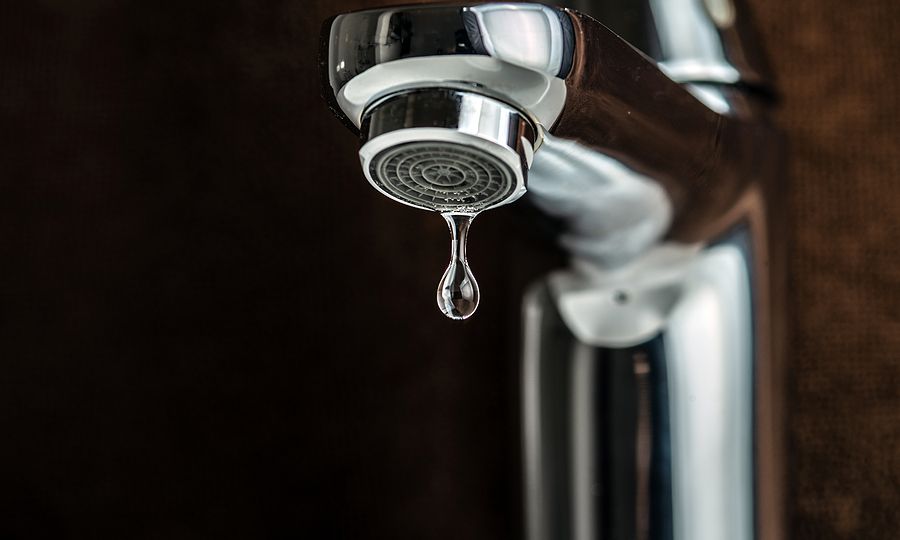
Now that winter is just around the corner, take some time to prepare your home for the chilly months ahead. By following a few simple steps, you can protect your home from potential winter hazards like bursts or frozen pipes.
1. Disconnect and Store Outdoor Hoses
Before freezing temperatures arrive, disconnect and drain all outdoor hoses. Leaving hoses connected can cause water to freeze inside, damaging not only the hoses but also the faucets located in your exterior walls. Store hoses in a dry area to prevent potential water damage.
2. Insulate and Seal Drafty Areas
Inspect your windows, doors, and other potential entrances for drafts. Apply weatherstripping or caulk to seal open gaps, helping to keep cold air out and warm air in. Consider adding insulation to attics, basements, and crawl spaces as well. Proper insulation reduces heat loss, keeping your home energy-efficient and comfortable.
3. Drip Faucets
During extreme cold spells, allowing faucets to drip slowly can prevent pipes from freezing and potentially bursting. Moving water is less likely to freeze, so leave faucets with both hot and cold water slowly dripping during frigid nights.
4. Service Your Heating System
Schedule a professional inspection and maintenance for your heating system to ensure it is working efficiently. A well-maintained heating system not only saves energy but also reduces your risk of facing heating emergencies during harsh weather conditions.
5. Clean and Inspect Chimneys
If you have a fireplace or wood-burning stove, have your chimneys cleaned and inspected before igniting the first fire of winter. This prevents buildup of creosote, reducing the risk of chimney fires and ensuring proper ventilation.
6. Check Smoke and Carbon Monoxide Detectors
Winter means more time spent indoors with a fire burning (or electric heater turned on), so it’s crucial to ensure your smoke and carbon monoxide detectors are in good working condition. Replace batteries and test each unit to ensure they’re operable.
Takeaway
Preparation is key when it comes to winterizing your home. By following these essential steps, you can protect your home, save on energy costs, and enjoy a cozy and safe winter season. Always stay vigilant for any other potential winter hazards and address them promptly to keep your home in top-notch condition throughout the season.

